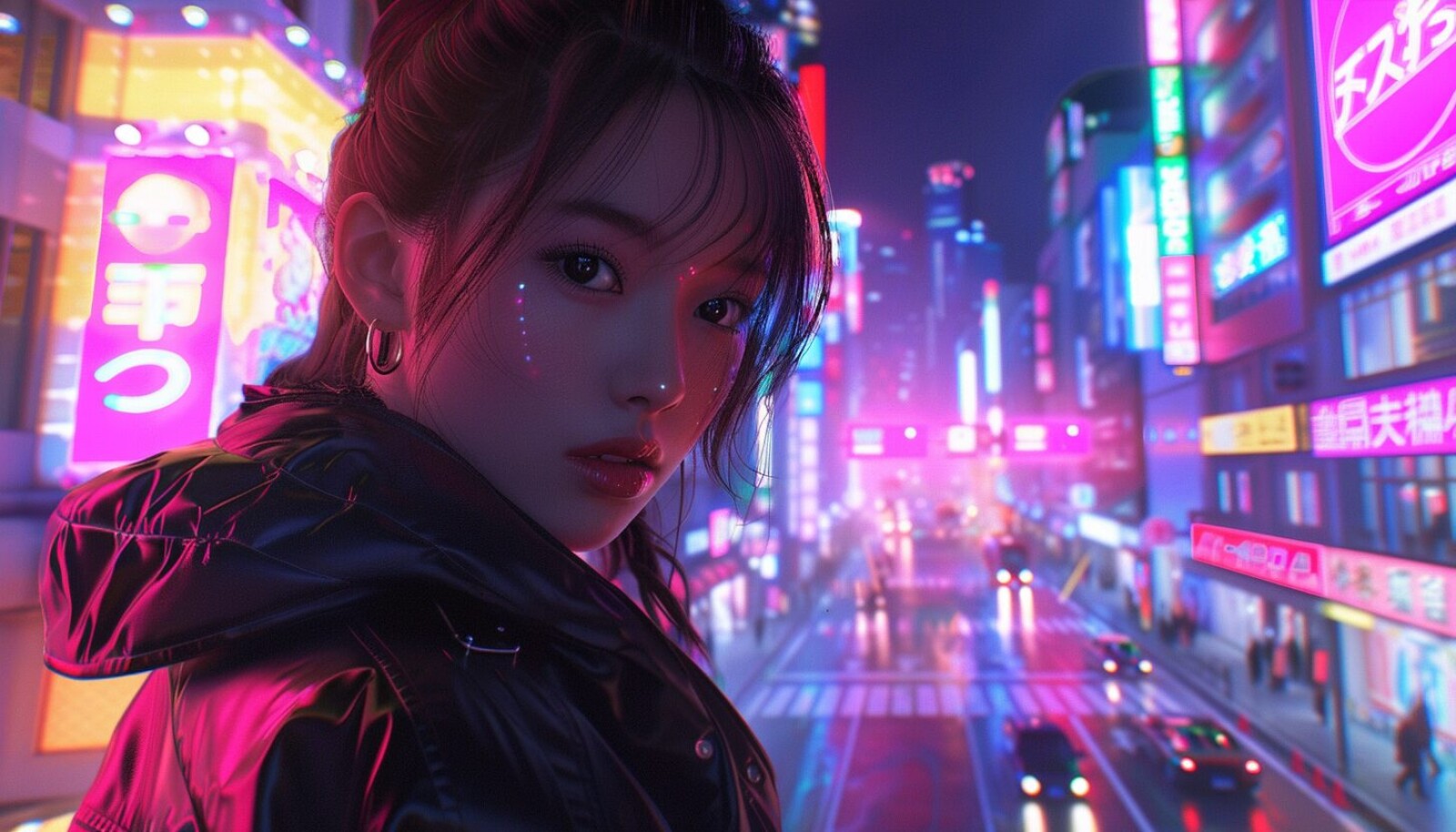
Emma Defichain
AI-Driven NFTs: The Future of Digital Art and Ownership!

Non-fungible tokens (NFTs) have already revolutionized digital ownership and art. Now, the integration of artificial intelligence (AI) is taking NFTs to new heights, creating dynamic and intelligent digital assets. This article explores the various ways AI is enhancing NFTs, from art creation to intelligent interaction, and the implications for the future.
The Basics of NFTs
NFTs are unique digital assets verified using blockchain technology. Unlike cryptocurrencies, which are fungible and can be exchanged on a one-to-one basis, NFTs are indivisible and unique, often representing digital art, collectibles, or virtual real estate.
Integrating AI with NFTs
The convergence of AI and NFTs is giving rise to a new breed of digital assets known as intelligent NFTs (iNFTs). These are NFTs embedded with AI capabilities, allowing them to interact, learn, and evolve over time. One prominent example is Alethea AI, which developed “Alice,” the first iNFT that sold for nearly $480,000 at auction. Alice can interact with users and learn from these interactions, showcasing the potential of combining AI with NFTs.
AI-Generated Art
AI is also revolutionizing the creation of NFT art through generative adversarial networks (GANs) and other machine learning techniques. These AI models can create original artworks based on specific parameters set by artists. Notable projects include Art Blocks, which allows users to generate unique pieces of art using predefined algorithms. AI-generated artworks like “Edmond de Belamy,” which sold for $430,000, highlight the commercial potential of this technology.
Enhancing Marketplaces and Security
AI is improving NFT marketplaces by enhancing security and efficiency. AI-driven platforms can detect fraud, verify authenticity, and provide personalized recommendations to users. For instance, platforms like aiRight use AI to audit NFTs and ensure their authenticity, making the market safer for buyers and sellers.
Intelligent NFTs and Their Applications
iNFTs represent the next step in NFT evolution. These tokens can integrate deep learning and machine learning technologies, enabling them to perform complex tasks and interact in meaningful ways. For example, the Altered State Machine (ASM) allows users to create AI-powered agents that can act as digital assistants, customer service representatives, or even trading bots. These agents can learn and adapt, offering new functionalities beyond traditional NFTs.
Benefits of AI-Enhanced NFTs
- Enhanced Creativity: AI tools enable artists to explore new creative avenues, producing intricate and unique artworks that would be challenging to create manually.
- Efficiency: AI can automate aspects of the art creation process, allowing for faster production and reducing the time required for generating high-quality pieces.
- Personalization: AI algorithms can tailor artworks and experiences to individual preferences, creating a more engaging and personalized experience for collectors.
- Security: AI enhances the security of NFT transactions by verifying authenticity and detecting fraudulent activities, thereby building trust in the marketplace.
Challenges and Ethical Considerations
Despite the advantages, the integration of AI in NFTs also poses challenges. Issues of authenticity, authorship, and intellectual property rights are significant concerns. AI-generated art raises questions about the role of human creativity and the value of traditional artistic skills. Additionally, the ethical use of AI in creating and managing NFTs needs careful consideration to prevent misuse and ensure respect for creators’ rights.
The Future of AI and NFTs
The future of NFTs, powered by AI, promises even more innovation. As AI technologies advance, we can expect NFTs to become more interactive and intelligent, opening up new possibilities for digital ownership and virtual experiences. From personalized digital art to intelligent virtual assistants, the combination of AI and NFTs is set to redefine the digital landscape.
Conclusion
AI is revolutionizing the NFT space by introducing intelligent, dynamic, and interactive digital assets. The integration of AI with NFTs enhances creativity, efficiency, personalization, and security, making NFTs more versatile and valuable. However, it also brings challenges related to authenticity, intellectual property, and ethical use. As AI and NFT technologies continue to evolve, they will undoubtedly open up new opportunities and reshape the digital art and collectibles market, offering unprecedented experiences and functionalities. The collaboration between AI and NFTs represents a significant step towards a more interconnected and intelligent digital ecosystem, paving the way for future innovations.













